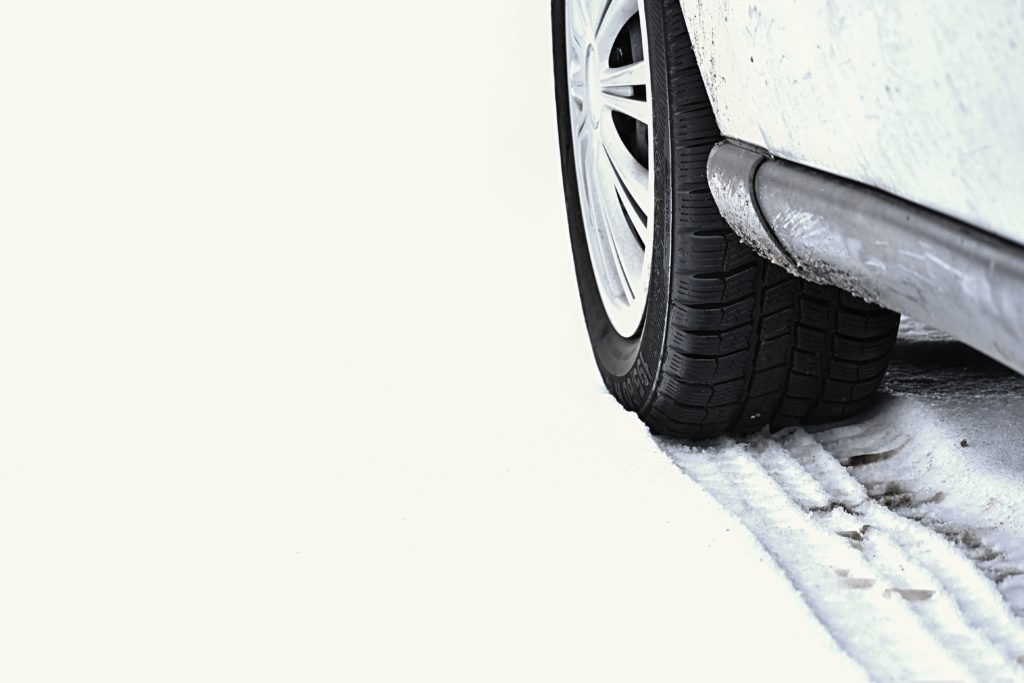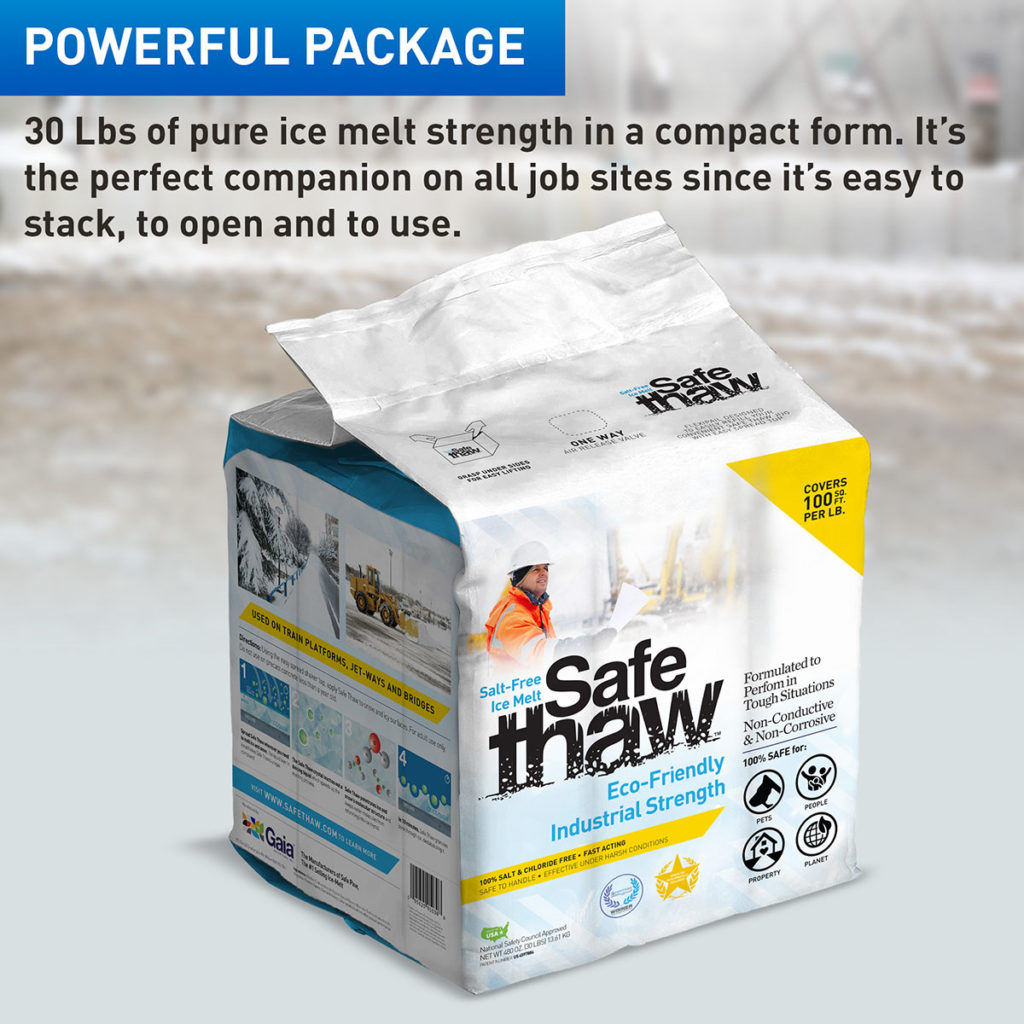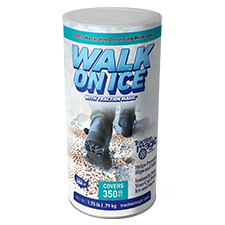How To Clean Tire Marks From Your Concrete Driveway

Tire and skid marks on concrete garage floors and driveways are usually not very nice. When the wheels of a car sit on hot concrete for a long time or you spin wheels, these marks appear.
Tire marks on concrete, bricks, and natural stone pavers will be easier to see than on asphalt. However, tire marks on concrete can be tough to get rid of, mainly if you use old ways of cleaning.
Even though it’s hard to stop, proper cleaning will prevent the buildup that usually makes it harder to clean tire marks. Moreover, removing these marks from a worn-out or salt-damaged driveway is difficult. Salt corrodes the concrete and makes it susceptible to further damage. Therefore, knowing what is safe for concrete to melt ice is vital.

Safe Thaw
Safe Thaw was created as the ice management solution for tough winter environments. Ideal in commercial and industrial properties, shops, government agencies, bridges, and construction.
Steps to clean tire marks from your concrete driveway
- Clean your driveway using a broom to eliminate leaves, soil, and other loose dirt. So you will be able to see the marks you are working with.
- Splash plain water on the marks and wait 2–5 minutes for the water to soften the stain. Then, you can use a deck brush to scrub. Later, rinse with water.
- Mix dish soap and water together, rub the mixture on the stain and let it sit for 5 minutes. Next, scrub it with a bristle brush and rinse it with water. If the soap can eliminate grease, the tire marks should immediately come off the concrete.
- A concrete cleaner or degreaser can help remove the marks if they are still there. Apply any of it and let it sit for 15 minutes. Then, use a soft bristle brush to scrub the surface. Finally, use a garden hose to wash the stains away.
- As a last resort, you can use a pressure washer with your concrete degreaser to clean up tire marks on concrete.
What is safe for concrete to melt ice
Any chloride-containing substance, like sodium chloride, potassium chloride, or calcium chloride, may be safe in other situations but not in concrete, especially new concrete. These acidic compounds break down the glue that holds concrete together. So when salt gets into the pores, freeze-thaw damage to the concrete happens more often. Because chlorides can quickly get through the thin layer of iron oxide that protects steel and start the corrosion process, they can cause reinforcing steel to rust.
Safe Thaw: A concrete-safe ice melt
Safe Thaw is a patented compound with two effects. First, the liquid starts melting the ice right away and breaks up its surface tension at the same time. It makes it easy for the crystal core to quickly break through the ice and make it less stable, which speeds up the melting process. It is happening while Safe Thaw’s traction agent keeps people from slipping. Safe Thaw draws heat, which makes it work even better.
100% salt & chloride-free, fast acting Ice Management Solution
Conclusion
Salt-based remedies take longer to work, and the salt crystals stay on snow and ice before they get in, thus damaging the surroundings as well. For example, it can hurt carpets and wood floors if it gets inside. So, it’s better to use natural concrete safe ice melt that doesn’t have chemicals that can damage the surroundings.
Try Also Our Other Winter Safety Products:
Safe Paw
The Original and #1 Selling Pet and Child Safe Ice Melt for over 20 years. Guaranteed environmentally safe –It won’t harm animals or children, and it won’t damage your property. That’s Safe Paw. Safe Paw can change how winter affects our planet.

Walk On Ice
The handy disposable canister can be taken everywhere, with the same 100% naturally occurring minerals that provide instant traction on ice or snow. Use it on sidewalks, steps, or as an instant traction agent for your car.



